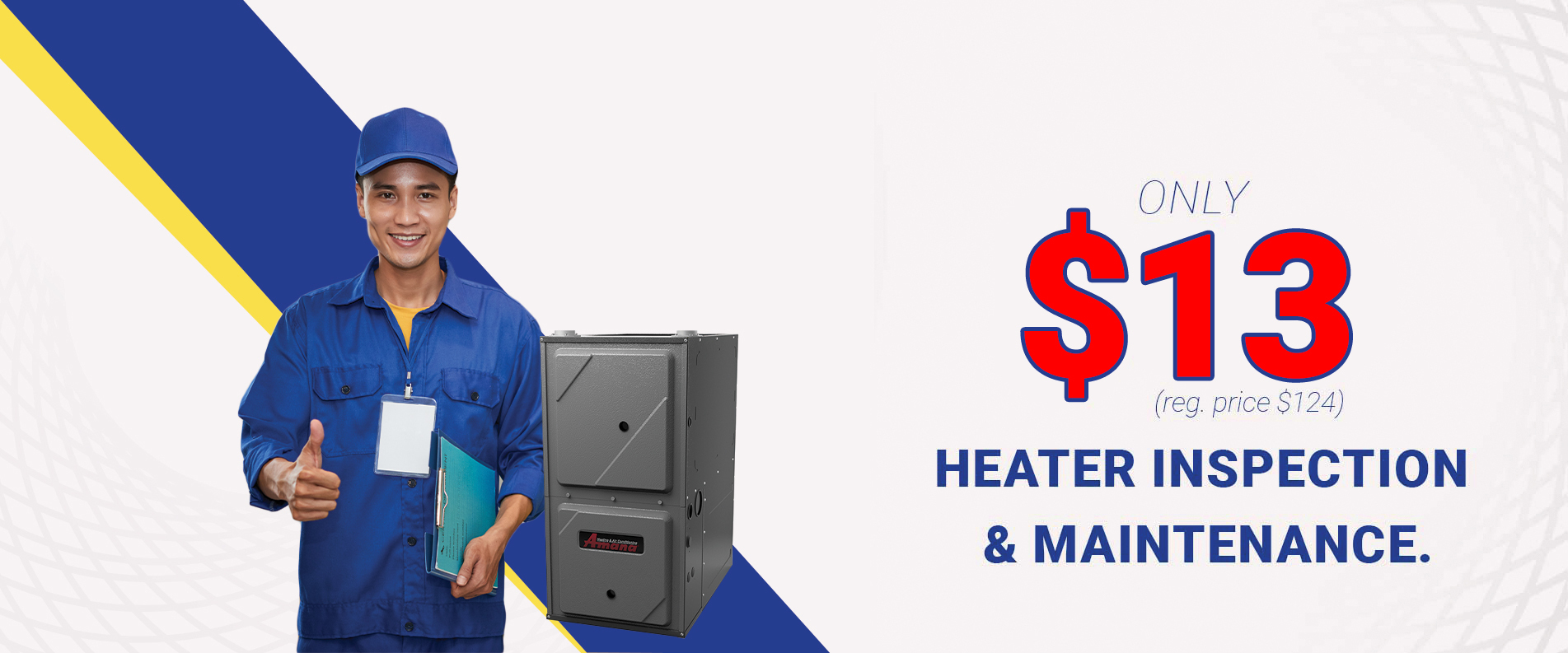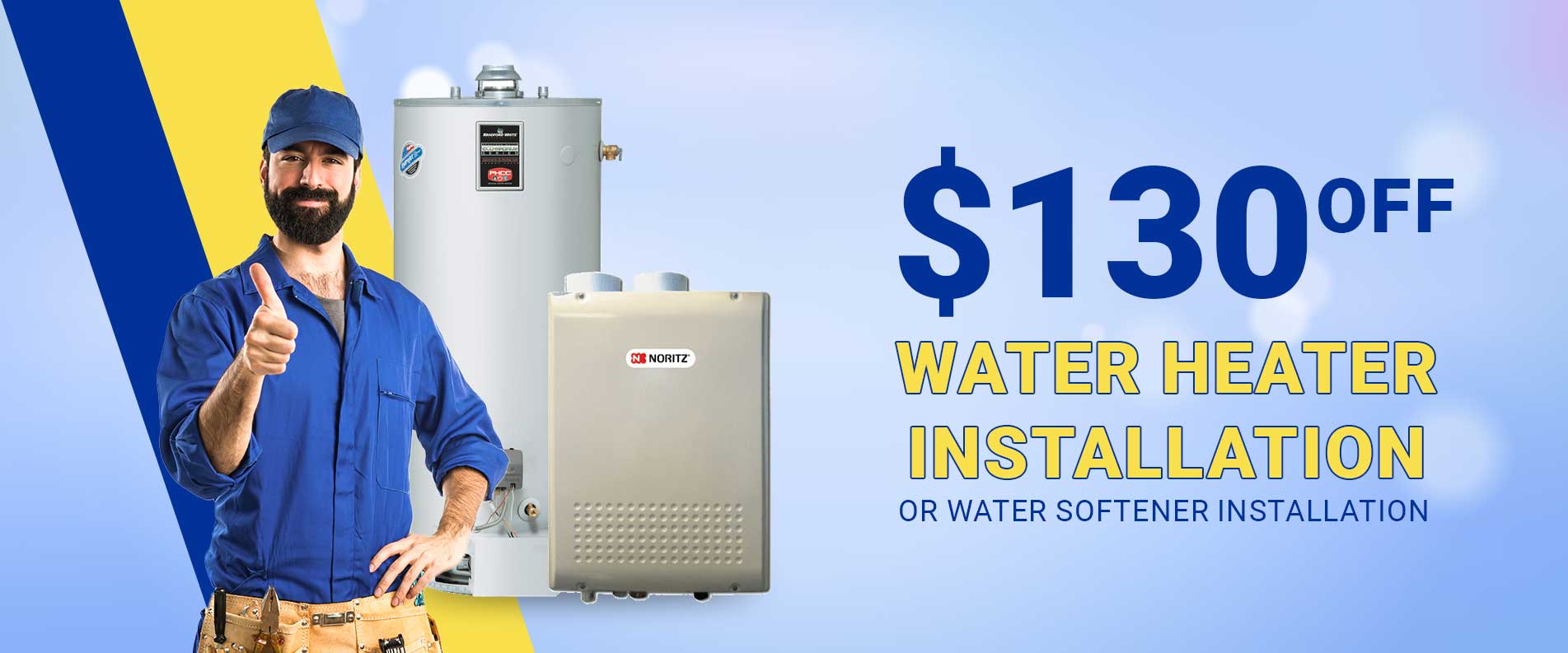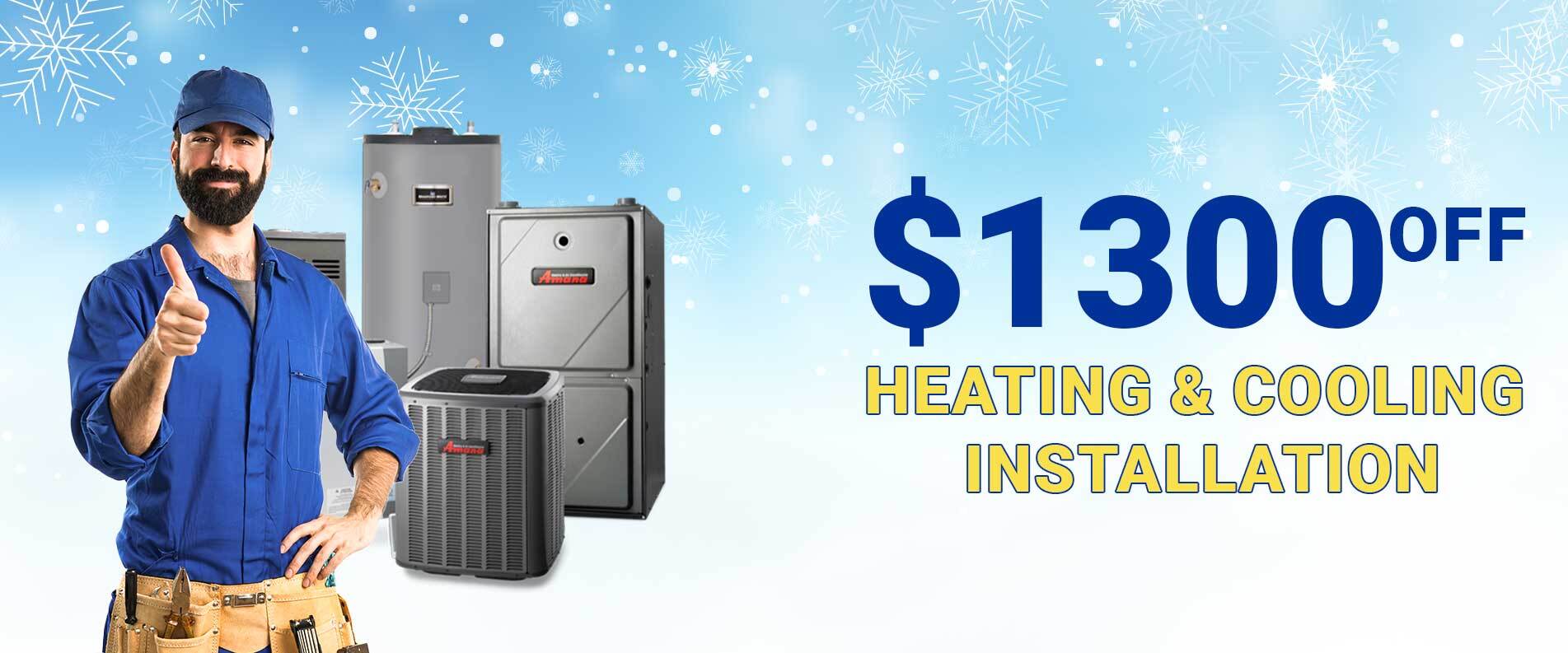Is your basement a sore spot in your home? Mold growth and musty odors in an otherwise efficient and comfortable home can be detrimental to indoor air quality and home structure. Additionally, there’s the potential for basement water from cracks in the basement walls and foundation, a burst pipe or a leaky appliance.
A sump pump is a simple, yet invaluable device that can help you prevent flooding and the aftermath in your home. Learn how with this step by step guide before you call your local plumber to have one installed.
Step 1: What is a Sump System?
A sump pump is a small pump appliance that is installed in the lowest spot of your basement or crawl spaces. It pumps water out of the basement in the event of flooding.
Step 2: Sump Parts
• Motor: A sump motor may be one-quarter horsepower or more.
• Basin: The sump basin is about two feet deep and made of concrete, metal or plastic.
• Drain tile or pipe: Tile or piping extends around the outer or inner circumference of the foundation.
• Float and rod: These components activate the sump as water rises in the basin.
• Discharge pipe: The discharge pipe conveys basin water to outside your home.
• Check valve: The check valve prevents backwash into the basin.
Step 3: Flood Prevention
As rain seeps through the ground to the basement walls, the water is directed by drain tiles or a perforated piping system to the sump basin.
Step 4: Sump Activation
The float switch and rod are the caretakers of flood prevention. When rising water in the basin lifts the float to a predetermined point, the sump is activated.
Step 5: Discharge Pipe
Water is pumped out of the basement and outside your home through a discharge pipe. When water levels in the basin recede, the float switch lowers and turns off the sump.
Step 6: Check Valve
A check valve is a simple device located on the discharge pipe. The check valve prevents water backwash once the sump powers off.
Step 7: Power Outage
Your sump is powered by electricity. When power outages occur, your sump system is inoperable. Unfortunately, power outages most often occur during storms when you need your sump the most!
Step 8: Backup Sump Pump
Every home should have a battery-powered backup sump system installed, along with the primary pump, by a professional plumber. Not if, but when your primary sump fails, clogs or there’s a power outage, your battery-powered sump will be there to save the day.
Call Edwin Stipe, Inc., your trusted plumbing service in PA and NJ for over 120 years at (610) 258-0201.
[/fusion_text][fusion_text]
Watch the Video below for tips on how to inspect your home’s sump pump:
[/fusion_text][fusion_youtube id=”qWDrxjc0_XU” alignment=”” width=”” height=”” autoplay=”false” api_params=”&rel=0″ hide_on_mobile=”small-visibility,medium-visibility,large-visibility” class=”” /][/fusion_builder_column][/fusion_builder_row][/fusion_builder_container]




